Revolutionising Army Aviation Petroleum Operator Training
Introduction
The Australian Army has a clear concept of what it wants from training modernisation. The strategic guidance from senior leadership is pretty emphatic and there are numerous strategic documents over the last several years speaking to it. The Army wants modern, flexible, scalable and innovative training modernisation – and it wants us to implement it. Some of the latest guidance has been very exciting, particularly the National Defence Strategy, Robotics and Autonomous Systems Strategy V2.0 and Land Domain Training System.
The concepts in the Robotics and Autonomous Systems (RAS) Strategy V2.0 apply directly the training environment. The RAS states its goal to ‘change the way the Army trains and fights – enabling and increased tempo, decision-making and reducing risk.’ The RAS further elaborates on technologies like AI and mixed reality, stating that they will ‘enhance overall soldier performance and enhance training opportunities.’ and will ‘allow soldiers to fully prepare for combat in a more efficient and effective manner in highly realistic settings.’ The RAS has set a clear mandate: embrace digital transformation to enhance training effectiveness, operational efficiency and force readiness. A RAS-enabled Army has the ability to ‘Enhance’, ‘Augment’ and ‘Replace’ rapidly within the Training System.
The Land Domain Training System’s (LDTS) guiding principles are equally clear in terms of what it wants from a Training System. It wants ‘accessible, scalable and contemporary individual and collective learning and development opportunities’ within the Training System Continuum. It also wants ‘greater flexibility, access and outcomes through relevant repeatable and measurable environments for our individuals and teams in its Training System Environment. It also wants a Training System Architecture underpinning it all to facilitate these systems. It all comes together to build a LDTS which ensures soldiers are prepared to do their job under operational conditions.
Executing the mandate
The strategic aim of the Army is clearer and clearer about what good training looks like - The Army Aviation Training Centre (AAvnTC) has leaned into this mandate to achieve this vision of the training system. It is accomplishing this via purposeful test and evaluation of learning products for integration into the training system. This is AAvnTC’s attempt at how one builds a training system which conforms to the strategic intent of the organisation.
Every product developed by our in-house highly capable developers is tested and evaluated for its suitability for the Training System by SMEs and students. Test and evaluation data is gathered to inform a picture of the system’s suitability and recommendations are provided to Training Authorities. This brings the resources and assurance to ensure a risk-conscious approach to Training System change management.
2025 will bring a series of exciting innovations from the AAvnTC in the space of Training System innovation – we look forward to taking you on the journey with us to see what our attempt to be an innovative organisation look like.
The Training Problem and Solution
What’s the training problem? Petroleum Operators currently require live aircraft to practice and demonstrate competence for Hot Refuel procedures assessment. This training and assessment on live aircraft is time consuming, resource intensive and brings safety constraints.
What’s the proposed solution? A Virtual Reality (VR) system for trainees to utilise both in the classroom environment and individually; both to demonstrate competence for assessment purposes for instructors and for individual training practice for trainees.
What’s the potential win for Army? A VR solution represents a Training Enhancement to existing instructional methods via greater fidelity and practice opportunities; and furthermore, presents the opportunity to completely replace a live training with a virtual Training Augmentation in the long term.
The Traditional Training Model: Challenges and Limitations
Historically, petroleum operators have trained assessed in live environments using operational aircraft. This method requires substantial coordination – temporarily removing aircraft from operational duties.
The biggest burden of traditional approach is resources. The use of real aircraft means fuel consumption, maintenance costs, and personnel allocation. Live aircraft necessitates specialist training environments and facilities. Aircraft configuration requirements also adds layers of manning burdens.
Currency also remains an issue when it comes to refuelling – the extent to which this knowledge needs to be retained is a component which requires consideration. For some units, refuelling aircraft is generally expected to be a regular duty; for others, it’s a skill that is only applied at certain times.
Virtual Reality: A Game-Changer for Petroleum Operator Training
VR training offers an approach that addresses many of the challenges of traditional methods. With a VR-based system, petroleum operators can engage in highly realistic, simulated training scenarios without the need for live aircraft. This technology allows personnel to interact with virtual refuelling equipment, troubleshoot real-world challenges, and execute procedures in a risk-free, controlled setting – with as much (or as little) repetition as required.
One of the greatest advantages of VR training is its ability to provide an immersive individual learning experience. Operators can conduct refuelling operations, respond to emergencies, and undergo summative assessments, all within a virtual environment that replicates real-world conditions. The level of detail in modern VR simulations ensures that personnel can familiarise themselves with aircraft refuelling procedures, equipment configurations, and safety protocols at the time and place of their choosing even before entering the classroom (or live) environment.
Enhancing Training Effectiveness and Safety
VR training enhances safety and skill development. In real-world training, mistakes can lead to hazardous fuel spills, equipment damage, or even injury. A virtual environment allows trainees to make errors, learn from them, and perfect their techniques without real-world consequences. More importantly, VR training allows our people to train for what happens when things go wrong.
VR Limitations
VR has always struggled with the ‘feel’; nothing replicates a giant machine pushing hot air down at you with loud engines deafening your senses. Furthermore, in real life, equipment is heavy. Lifting fuel hoses and manoeuvring around aircraft and equipment presents a need for physical competence. Also, some physical movements are a more art than science; nothing in VR can truly capture the exact angle and ‘feel’ of connecting a nozzle to an aircraft correctly.
This is not the point the point to throw up our arms and say “well, VR cannot replace x,y,z”; this is the point to think about the learning system and where the line sits - analyse the testing and evaluation data and work with the senior instructors, the instructional designers, the training system specialists to know exactly where VR fits the training system.
The Future of VR in Petroleum Operator Training
The integration of VR in petroleum operator training is just the beginning. Future developments may include AI-driven virtual instructors that provide real-time feedback, Augmented Reality overlays that enhance live training with digital guidance, and even networked simulations that allow operators to train collaboratively in a virtual space. The future potential for data-backed analytics to track key performance indicators such as response times, procedural adherence, and error rates is tantalising. When the Learning System Architecture facilitates this approach, AAvnTC will be poised to move more quickly on it.
Conclusion
AAvnTC has made significant advances into using XR to enhance, augment and/or replace the legacy training system. The Petroleum Operator course is one of the first examples of this that we are showcasing here on The Cove, but there’s more in store coming in 2025.
If you have any desire to see some of this technology in action or keen to see some of the results of our testing, please contact the Training System Integration section at AAvnTC at aavntc.tsi@resources.defence.gov.au.
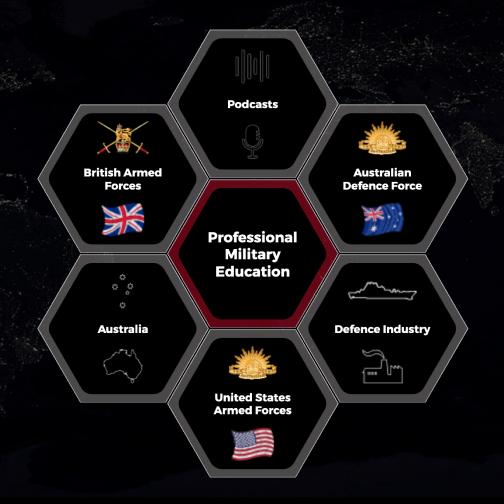


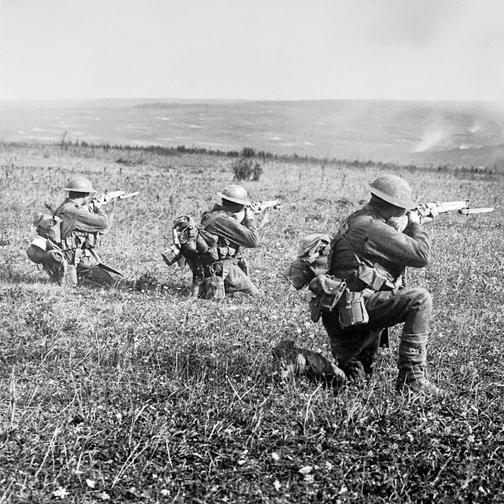
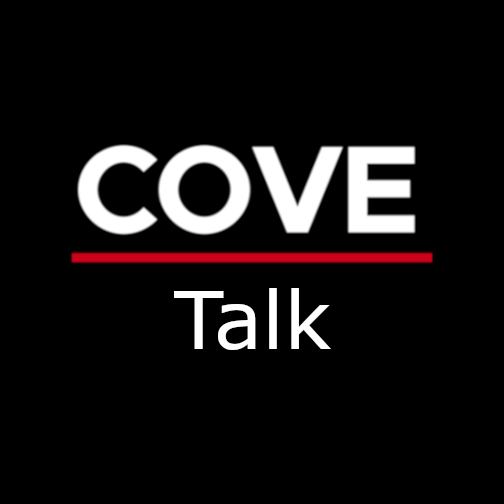
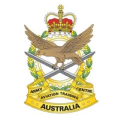
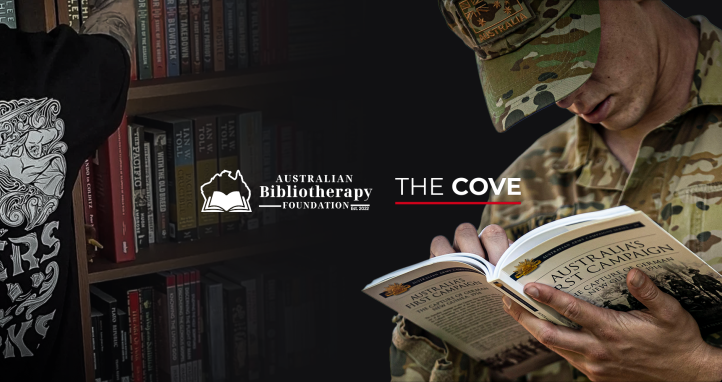

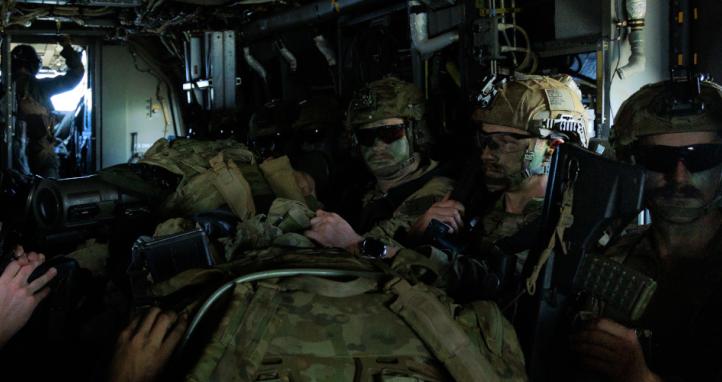

I'm the author of the piece for context.
Good question - It has two real answers.
1. The current resources for off-road refuelling mean that the truck chosen is appropriate (keeping it vague purposefully). Please reach out to the above e-mail if you'd like more detail.
2. Instructional design choice.
The truth is that one could argue the truck is of limited use for the learning design standpoint. It is simply a static model; the learning interaction in the VR product only requires signalling the operator. From a development resourcing standpoint, there is a need to strike a balance between where to invest the developmental weight. The good news is that if the truck ever became a barrier to the learning interaction (due to being significantly inaccurate), the introduction of a new model would be relatively easy. It's part of the benefit of using tools like Unreal Engine and having 3D artists on the team and behind the fence.